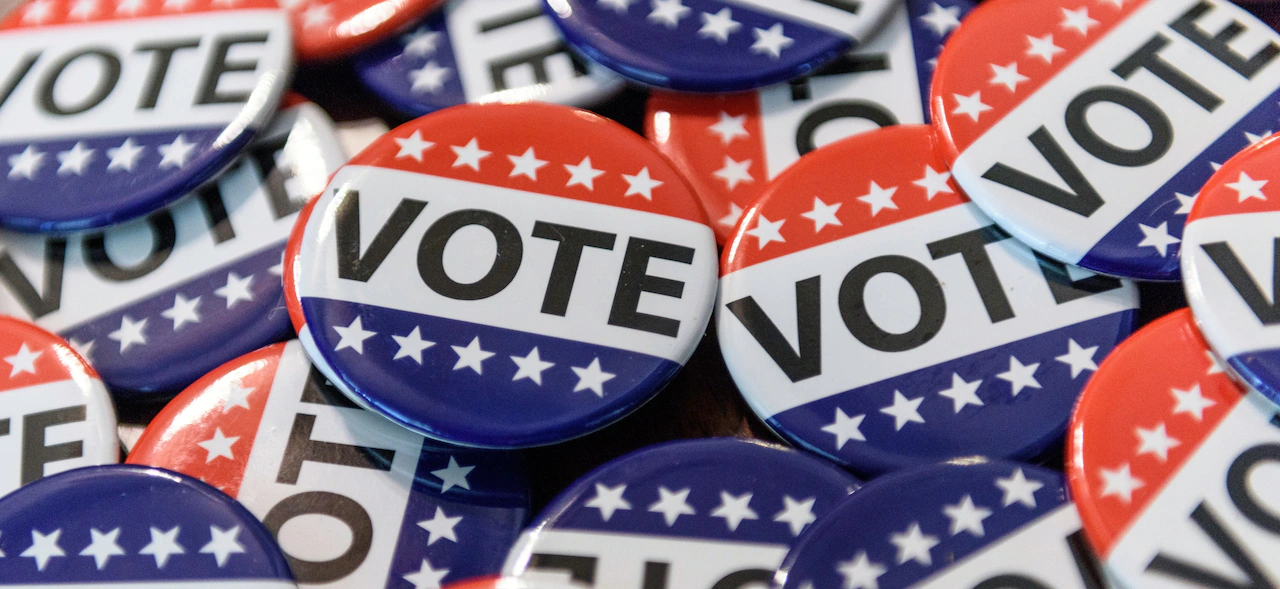Copyright scmp

The United Nations came into existence eight decades ago, after the end of World War II, with the ratification by its initial 51 members of its founding document, the UN Charter, which entered into force on October 24, 1945. Now comprising 193 sovereign states, with all of its members having equal representation in its General Assembly, the UN is the world’s largest intergovernmental organisation. With its primary aims of maintaining international peace and security and achieving cooperation among nations, it is instructive to examine how languages are positioned, harnessed and supported. The UN operates in six official languages: Arabic, Chinese, English, French, Russian and Spanish. All formal spoken and written proceedings are made available in all official languages, through translation from the original; if delegates make statements using non-official languages, an interpretation or written text must be made in one of the official languages. Multilingualism has developed to be a core UN value. The UN Strategic Framework on Multilingualism, launched in March 2024, reaffirmed its commitment to multilingualism by integrating language considerations into every aspect of its work. The Universal Declaration of Human Rights (UDHR), which set out, for the first time, fundamental human rights to be universally protected, was officially adopted by the UN General Assembly in 1948. It was initially drafted in French, with official translations in English, Chinese, Russian and Spanish. A foundational text in the history of human and civil rights, it is now the most translated document in the world, available in 577 languages. Notably, translations include not only widely spoken languages but also sign languages, contact languages like Mauritian Creole, minority languages, and endangered languages such as Pipil (Náhuat) – a critically endangered language from El Salvador and Honduras. Its translation in 2015 to the central Australian language of Pintupi-Luritja marked its first availability in an Aboriginal language. Given the 7,159 languages in the world today, the UDHR Translation Project welcomes contributions not yet in the collection. The world’s lesser-known languages certainly comprise an important focus. The UDHR states that everyone is entitled to all the rights and freedoms outlined in the Declaration, without distinction of any kind, including by language (Article 2). A more explicit Universal Declaration of Linguistic Rights (1996), signed by the International PEN Club and several non-governmental organisations, has no formal approval from Unesco; however, the Office of the High Commissioner for Human Rights published a guide on language rights of linguistic minorities (2017). Through Unesco’s Convention for the Safeguarding of the Intangible Cultural Heritage (adopted by the Unesco General Conference in 2003) and its Lists of Intangible Cultural Heritage, which was established in 2008, traditions or living expressions in the world’s languages – such as oral traditions, rituals, knowledge and practices concerning nature, or the knowledge and skills to produce traditional crafts – are documented and preserved. Particular attention to home and indigenous languages is given via platforms such as International Mother Language Day, proclaimed by Unesco in 1999; and the UN’s International Year of Indigenous Languages in 2019 and International Decade of Indigenous Languages (2022-2032). Implications for education are keenly advocated. Although mother-tongue-based multilingual education – where children first learn in their home language – results in enhanced learning outcomes and preservation of cultural heritage, only 351 of the world’s 7,000 languages are used as the medium of instruction. The urgent need to include multilingualism in education systems was reiterated in a recent 2025 Unesco report. In a Stop Disasters Game, developed by the UN Office for Disaster Risk Reduction, players assume the role of community planners preparing for hazards like floods, earthquakes, tsunamis and wildfires, making critical choices about infrastructure, preparedness and protection measures. Now playable in 11 languages, its multilingual affordance supports important global risk education. These initiatives, and more, are worthy reminders of how inclusion of, and support for, diverse languages – whether six, 11, 577 or, ideally, 7,000 – are crucial for fulfilling the goals of tolerance, peace, justice, dignity, resilience and advancement in building our future together.



